Some great ideas take a long time to manifest...here is the story of our garden overlook plaza.....3/6/2020 We have been creating a big, beautiful patio between the common house and the garden. It was first conceived by Fred Lanphear a long time ago and we have been working on it since 2014 when we put up a quirky bamboo shade shelter and covered it with a lovely handcrafted, artistic tent. We also built a little test cob oven...which was cute and fun...but was too small to cook even one pizza and all of the heat fell out of the bottom. In 2015 we got serious. Well, Brian got serious and decided to really figure out how to build a proper cob oven (he is actually a rocket scientist). So we helped him build it that summer. We loved the new oven! Such great pizzas and pizza parties. But the uneven ground was a real pain. In 2016 we had lots of pizza parties and experimented with the oven. But the uneven ground was still a pain. So in 2017 we started leveling the ground and built the elevated patio space. That was a lot of work! We even engaged the services of a proper front end loader. We still found time to have plenty of pizza parties....and in the end we have a beautiful, flat, garden overlook patio. In 2018 we got lucky. We had this idea that we would install a cement counter similar to the one at the Beacon Hill Food Forest...but were a little short on the skills to accomplish that. But low and behold Larry Walton (an intern for that year) joined us with exactly those skills!!! Amazing. It is beautiful...but it still needs the mosaic to be added (that is what the aluminum sections are for)...maybe this summer? This spring we are adding steps from the common house level down to the plaza. The plan includes a small stage two steps above the main level of the plaza. We are inviting those of you who have a "heart connection" with Songaia to join us in etching our names in the bricks used to pave the stage.
As we have sent out inquires to former interns to ask if they want their name on the stage we have gotten great updates from them.....check out our next blogs to hear where they are and what they are doing. In awe and resolve, by Anita Higgins, Garden StewardWritten March, 2019 I moved my bed closer to the window last night. It seems that I rearrange my room with the seasons. It hasn’t been intentional, but I’ve noticed that it’s been a pattern. And now I wake up to the early sunlight of these lengthening days, and to the scratching of the brown creeper that’s come, year after year, to build their nest in the cedar siding outside my bedroom window. I should say, the brown creepers that have come to build their nest, as they nest in pairs. Has it been the same creepers every year right outside my window? What of their offspring? Wikipedia told me this morning that brown creepers usually build hammock-like nests under loose flaps of bark on Douglas fir (čəbidac, Pseudotsuga menziesii) snags. Apparently, in human dominated landscapes, cedar siding makes a cozy nesting spot. In April, just as the native vine maple (t̕əqt̕qac, Acer circinatum) below my window starts to think about leafing out, the female creeper will lay 3-5 eggs that both the male and female will care for. The vernal equinox was last week. Forestry sticks and PoMac (aka "Pojar") in hand, winter intern Ian Thompson and I ventured out into the Songaia woods for a forest field day. Like the nest-building of the brown creeper, one of the first signals of Spring in the Pacific Northwest can be seen in the Songaia forest, as the Indian plum (cəx̌ʷadac, Osmaronia cerasiformis) lights up the understory. Our intention was to get the forest “stand map” established-- the distinction between different stands being where notable changes in environmental conditions or species composition occur. The conditions within these stands will inform our short and long-term stewardship plan in different parts of the forest. Most of the morning Ian and I wandered the northern half of the forest, noting where the swordfern (sx̌ax̌əlč, Polystichum munitum)-dominated understory slowly transitions to Oregon grape (Mahonia aquifolium)--and how to distinguish Oregon grape from English holly (Ilex aquifolium). We noted where the forest starts to thin near the Utility R.O.W as the red alders (sək̓ʷəbac, Alnus rubra) begin to age-out, and how this increase in sunlight encourages Himalayan blackberry (Rubus armeniacus) establishment. After a break to help Nancy and Marilyn unload the groceries from one of the community’s weekly shopping trips, we headed back up into the forest. We had spent the morning cultivating an intimacy with the Northern half of the forest, seeing it through a scientific lens. As we passed through the septic field in the middle of the forest, we were reminded how our presence in this forest is unavoidable. And how, at this time of year, you can see the houses out of the forest to the East, West, and South, even when you’re standing in the middle. What felt like a diverse native ecosystem in the Northern reaches of the Songaia forest, suddenly shifted. As we traveled south through the forest, there was a noticeable increase in the coverage by invasive species (opportunistic, introduced species whose presence reduces overall biodiversity and ecosystem function). We found ourselves sitting in the middle of a stand of dead Douglas fir--looming snags that swayed with the wind. I couldn’t help but feel a sadness. The forest felt so small, so vulnerable--the task of writing this stewardship plan, and then implementing it, too monumental. I sat there with my sadness and my overwhelm, among the swaying snags. In college, I fell in love with the study of ecosystems. Essentially, what I fell in love with was the study of the relationships between the members of the community of life on this planet. In more intact ecosystems we can see how the species within them perform functional roles in relationship with one another--the output of one being is the input of another. Species co-exist in a dance, a cycle. There is a beauty and a magic to it, only enhanced in my mind by learning to know it so intimately through a scientific lens. In less intact ecosystems, we can see that cycle broken. The study of ecosystems led me to the study of how we as humans are attempting to restore these broken cycles. Ecological restoration is “the practice of renewing and restoring degraded, damaged, or destroyed ecosystems and habitats in the environment by active human intervention and action” (Wikipedia, 2019). I learned how, worldwide, we're seeing ecosystem collapse and the resulting socioeconomic chaos. The deeper I got into the study of this, the more I started to feel that same overwhelm that came up again standing among those swaying Doug fir snags. It felt as if anything we did would just be putting a band-aid on a deeper cultural wound. Because what causes ecological destruction in the first place? What I have come to believe is that what causes ecological destruction on the scale we’re seeing is ecologically insane human systems--human systems that don’t participate in the dance with the rest of life on this planet, where what we take as inputs is more than we need and what we discard as outputs are not in the form or amount the rest of the community can use. And these ecologically insane human systems are designed from and perpetuate what is at the root of it all--a degraded, damaged, or destroyed relationship between humans and the rest of the community of life on this planet. And that’s a little harder to restore. Written October, 2019 How do we create scalable human systems that integrate humans into the ecology of an area in mutually beneficial ways? How do we restore and steward landscapes in ways that also restore humans to their functional role within them? How do we see, and live from, the truth that our well-being is inextricably linked to the well-being of the rest of the community of life on this planet? How do we create a culture for our children where that truth is woven so tightly into our narratives, that to live any differently would be considered insanity? Where can we start? Locally? What does it mean to restore relationship on a local scale? Personally? What does it mean to be in a relationship of reciprocity with a Doug fir? What are the different types of intimacy with place we must explore? How do we honor indigenous ways of knowing the world? How do we look through a scientific lens that doesn’t reduce what’s real to the measurable? What’s the role of story, song, and music in shifting a cultural narrative? How do we learn to notice the nesting pattern of the brown creeper, and watch our own patterns shift with them? These are questions I hope to hold in years to come, as I work alongside Songaians to restore and steward the remnant forest in our backyard. I now wake up in the same bed, but miles away from where I did in April. I’m overwhelmed with gratitude to say that I now wake up in a living laboratory, where a strongly held intention is to experiment with living into a different narrative than that told in the dominant culture. A narrative where we recognize that our well-being is linked to the well-being of our human and more-than-human neighbors, in an unending reciprocity. Where that intention to experiment--to be life-long learners--is backed up by action and resource allocation. Where members are working to do this while still being immersed-- in their finances, their conditioning, and their location-- in the dominant culture. Where members do so with recognition of, and gratitude for, those who laid the path before us and those who’ll walk it long after 🌱 In awe and resolve, Anita Many species in this document were referred to by their common name, their latin “scientific” name, and by their name in Lushootseed, a language in the Coast Salish family of languages. This information was provided by the Tulalip tribes of Washington (link below w/pronunciation). https://tulaliplushootseed.com/plants/ Living as an intern is like jumping into a swimming. There's lots of spontaneous interactions in a short period that lead to down many pathways. It's impossible to know beforehand which road will unfold as a dominant theme or energy for my experience. However, it is this potential and versatility of being community that I believe is what allows so many different personalities to thrive and voice find their language of experience.
How do I share an authentic heart-space with people over an extended people without jumping on a repetitive intellectual hamster wheel of what's most familiar to me? Before coming to Songaia I had never really been tested in a thorough daily routine to share and express this outer reality with other folks in community. Finding and creating Love in Public became the primary focus for me because as an intern you don't really have a lot of private space to retreat back into. There was a song Anita shared with me that we sang loudly with the refrain "We may not have it all together, but together we can have it all". This conviction about happiness and radical simplicity was also important to me during my time at Songaia. That when there is a quorum of love and friendship. It is easier to show up to my day knowing that what we have together is enough. I learned a lot about harvesting and cooking with new herbs like chickweed, nasturtium leaves and doug fir tips. It is like be a painter and discovering it's possible to eat with several new shades of color that had not previously been available. At the Bastyr Herbs and food festival I learned about foraging for many new foods like young oregon grape, stinky bob, and indian plum. It is really empowering to walk through a forest and start to gain confidence noticing how to eat and identify more plants. This speaks to the movement that happening of rewilding and of sharing identity with the earth that was strengthened during my time at Songaia. It has been healing to shift my story and energy to feel more strongly that I belong to the earth and that we belong to each other. I thought Susie Fox did an awesome job of sharing new tips and tricks in the kitchen. I learned about making fire cider and other shrubs to add apothecary medicine and flavor to salad dressings and sauces. The potential to add more plant medicine into our foods here is very exciting to me. Elizabeth, Helen, and Anita also taught me a lot about how to nurture living things in the garden. Many of them are little details that filled in my knowledge about how to care for living things. For me Music and the Earth are the two most potent love languages that bond strangers and community members together. The space they occupy has a timeless quality that does not rely on intellectual belief system. The mirror and vessel they use helps me see myself and others with a kinder and more universal lens. Many of my favorite memories at Songaia involve the interaction of these two elements. Spending time in the garden. Finding connection, silence, and grounding with life giving energies. Then coming together with music to find a playful chorus that expresses delight in the connection of being together. I remember when Jacob showed me how to play dandelion as a trumpet during the festival of the earth as one of the spontaneous moments that shifted my perspective 180 degrees. It was right around sunset, and we went from a mindful contemplative garden walk talking about plant medicine and healing old traumas. Then Jacob stopped and picked up a dandelion and made a high pitched buzz. Moments later I gave it a try and we turned into a squawking flock of ducks running around and tooting to our own rhythms. Olive, Anita, Brian, and Misty Dawn joined us at different points that week to partake in the experience. And just like that the heaviness from our conversation lifted and we were in a very different kind of feeling in our hearts. Songaia helped me dream of the future. Of the new stories and shared experiences being held by children and babies. My parents are aging and there is no story of regrowth from this new movement of people who are influenced by the great turning. Psychologically it is very difficult to keep telling a story that does not involve these types of new beginnings. How we dream and the source of our creativity our deeply influenced by our subconscous perceptions of how the village and our peers are changing into something new from what's existed in the past. I was also exposed to so many new ideas that are still fermenting in my experience... Ian's deep awareness of bacteria as medicine for plants and people. Misty Dawn's perspective on personalizing a theatrical reality to help catalyst personal transformation. Elizabeth's generosity in teaching me about the ukulele. There are countless more examples that I keep going on and on. Little seeds and feelings that have left me curious about the potential for me to reclaim and remember some missing or forgotten part of my personality. Oh yeah! I can be feisty and tender and contemplative and musical all in one day. It was really positive to feel that there is a surprising amount of wiggle room for my ego's personality could adapt to a new setting, so long as there is a shared story of care and concern being nurtured. Hello everyone! I’m Kelly, one of the new interns here at Songaia. I’m originally from Kentucky but went to the University of Alabama for my degree in Advertising & Public Relations. After that, I moved to Los Angeles for several years before deciding to move back to Kentucky. After a decade working in marketing, I still found myself looking for a career I truly enjoyed. I’m a big animal person and also worked as a dog trainer for several years, and I still consider that my ‘side’ career and greatest hobby. I realized my passion is in how nutrition and health work together and decided to go back to school for a degree in dietetics. So, after graduating from the University of Kentucky last fall, I applied to the Garden to Table Nutrition internship in hopes of becoming a registered dietitian. My passion lies in childhood obesity prevention and I hope to work in the community to encourage healthy eating habits and educate disease prevention among people of all ages. I’m thrilled to be a part of the Songaia team because there’s so much here to learn! I grew up on a farm but seemed to drift away from that life as I got older and my dad retired. I want to educate the public where our food comes from and how food nourishes our bodies. I believe food is medicine and disease prevention and I’m excited to learn the process from planting to harvesting to cooking. I’ve also never been to the PNW so I’m really looking forward to exploring this beautiful area!
Thanks for reading! Kelly :) Hey There, My given name at Songaia is Lucas Brightwater. I am a resident intern for the 2019 season at Songaia. Please note that my legal name is Brian Steyer in case there is some confusion. Bio: I grew up on Bainbridge Island, WA. Growing up I traveled to China and lived Japan which were the coming of age experiences where I felt my identity and voice where shaped as a young person. During my last semester of college at the Univiersity of Washington, I was diagnosed with Crohn's disease. This radically changed my life - diet, career, and life path that I could reasonably pursue. It is greatest teacher and highest mountain I've had to climb to take back control of my life. It's been a long journey, but now I live a healthy and active life where about 90% of my symptoms stay in remission during my day-to-day life here at Songaia. For myself, I feel that the Taoist approach to health most closely mirrors the principles of regeneration and synchronicity that is also present in permaculture and mycology. Returning the earth or my own vital energy back to an original state of health before the trauma or disease was able to take hold. Coincidentally, the best Qi gong school I could find in the Seatte location is also located in Bothell. I started practicing Qi gong here in 2014 when it became clear that I needed a better form of self care to heal from the lasting trauma that had occurred when I was really sick. The Qi Gong school I am most active with is called IQIM (https://www.iqim.org/ ). They offer training to health care practitioners at Bastyr to release any extra energy from their clients. My mentors have in this school have healed themselves from lupus and lymes disease, so I had a model of individuals that had taken this journey themselves. Currently they are doing scientific studies to show that you can permanently reverse diabetes (Type 1 and Type 2) by empowering the pancreas to become more sensitive to insulin. During this past year I have also learned some computer programming doing front-end web development as a practical way to make an income. My long-term vocational goals would be to find cool heart-centered projects where I could help build website or software applications. Over the long-term I would also like to focus more on creating an educational curriculum for mushrooms and soil health that I could use to be an educator and advocate for the health of the planet. However, at this stage I envision that being a meaningful side income that I would grow slowly over time. Whereas, the programming provides the stability and security from the get-go to begin living an independent life which is essential for me to write the next chapter of my life. Right now I am looking for more clients to do my first few pro bono portfolio website projects that I could use on my website -- http://briansteyer.com/ -- so if you know someone who wants to work on a free custom website with me let me know and we can discuss the details. Why Songaia? I first became interested in Songaia in 2015 when I first visited Songaia to attend a permaculture workshop with Jessi Bloom and Cameron Whithey. This exposure influenced me to coordinate a rite of passage for myself in the summer of 2015. Later in 2018 my friend Elizabeth Dequine from Bainbridge moved to Songaia. Elizabeth had been influential in helping me to learn about foraging for wild mushrooms. We also created a mushroom group together at Winslow Co-housing on Bainbridge that was quite successful. We did mushroom demonstrations, projects, and presentations for the community.
Songaia exists in a special convergence between mushrooms, qi gong, and a vital space to practice permaculture -- with nature and with each other. It is so easy to caught in larger narratives of egotism and self destruction where I cannot imagine extending reality forward into completely new and exciting territory. Songaia provides this space to dream and reimagine the context of where I find myself. Thanks for reading! With gratitude, Lucas |
AuthorGarden bloggers are community members, volunteers and interns at Songaia. Archives
August 2023
Categories |

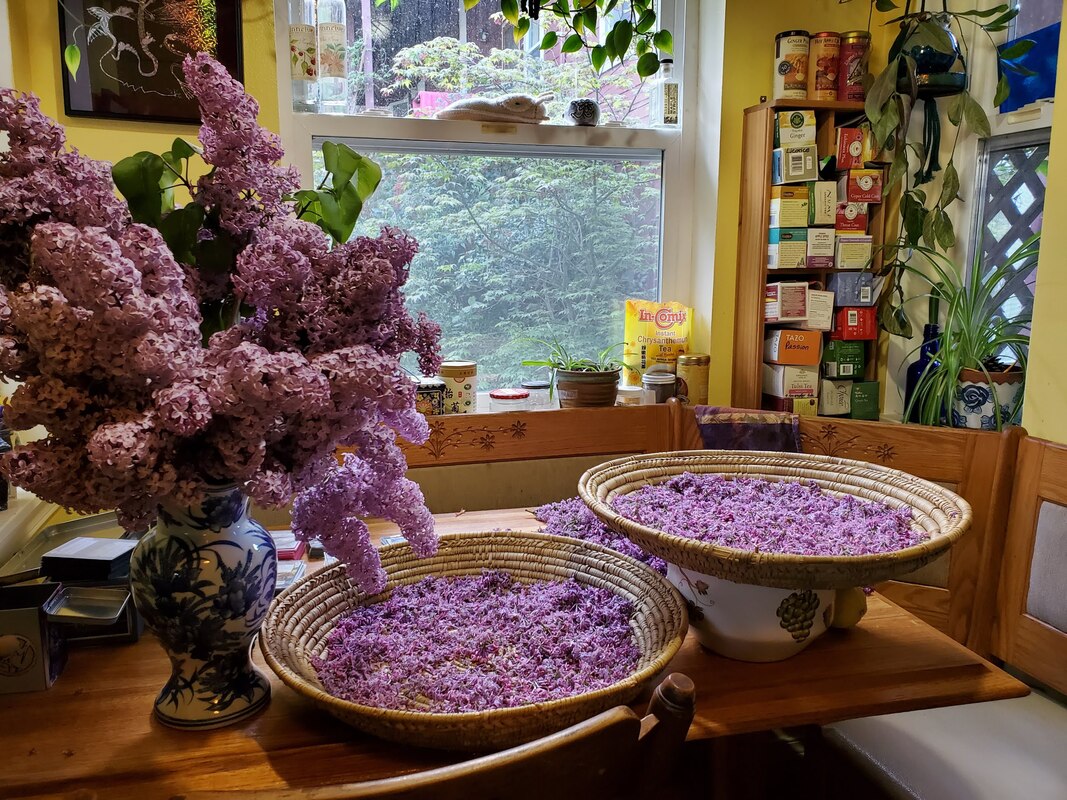
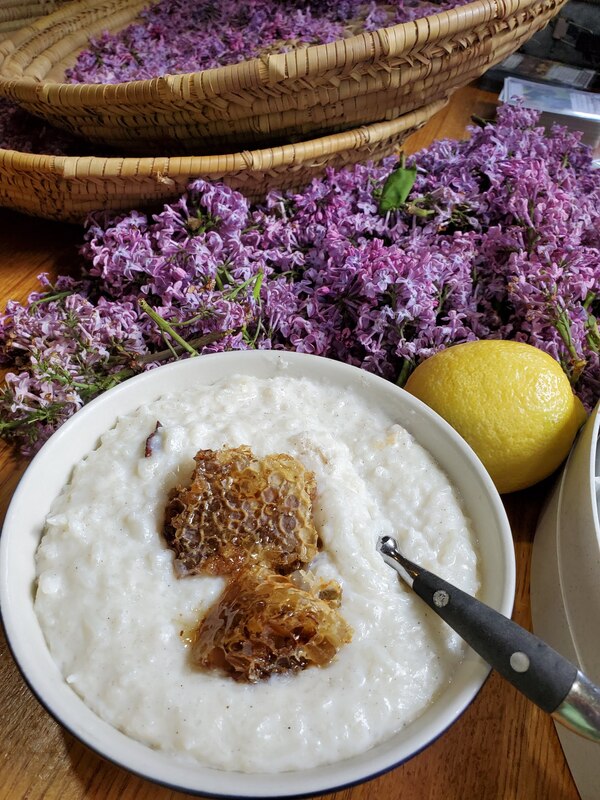
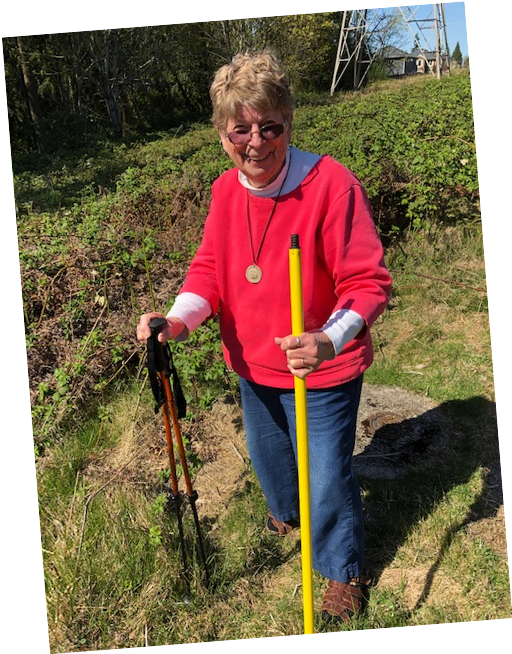
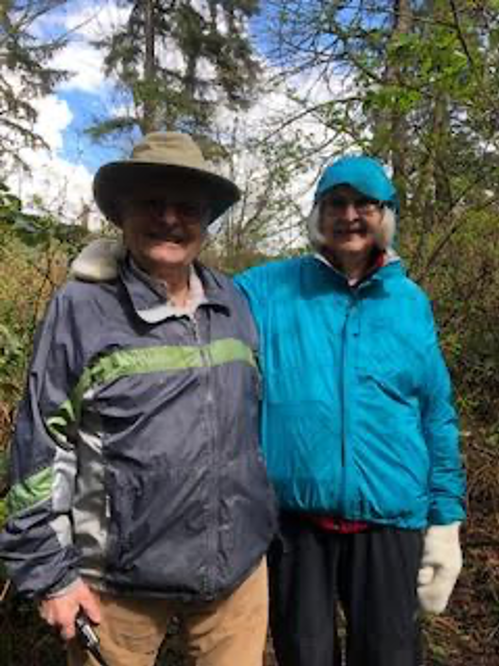
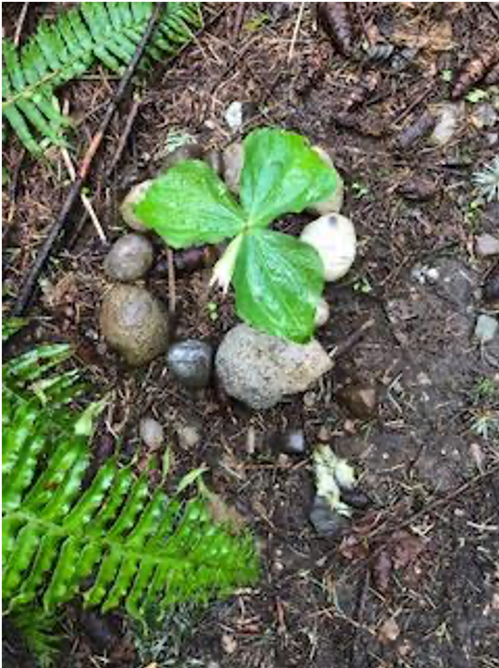

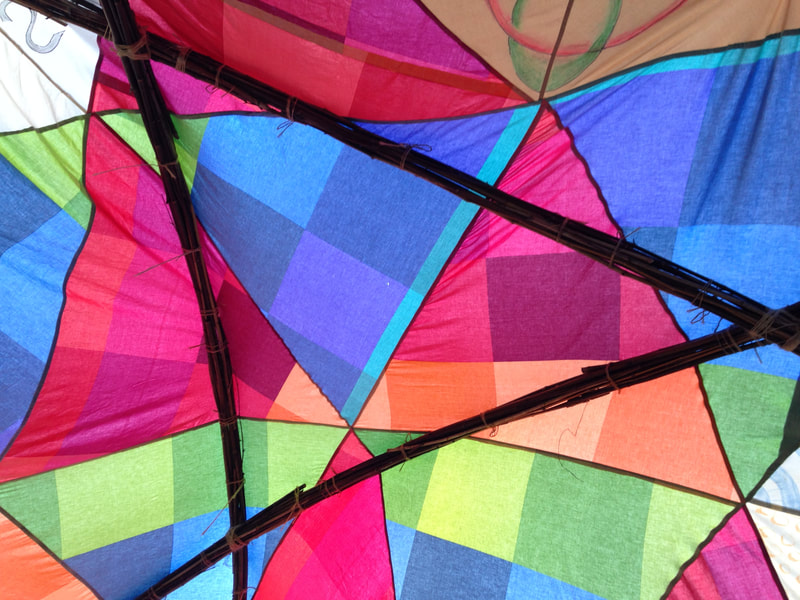
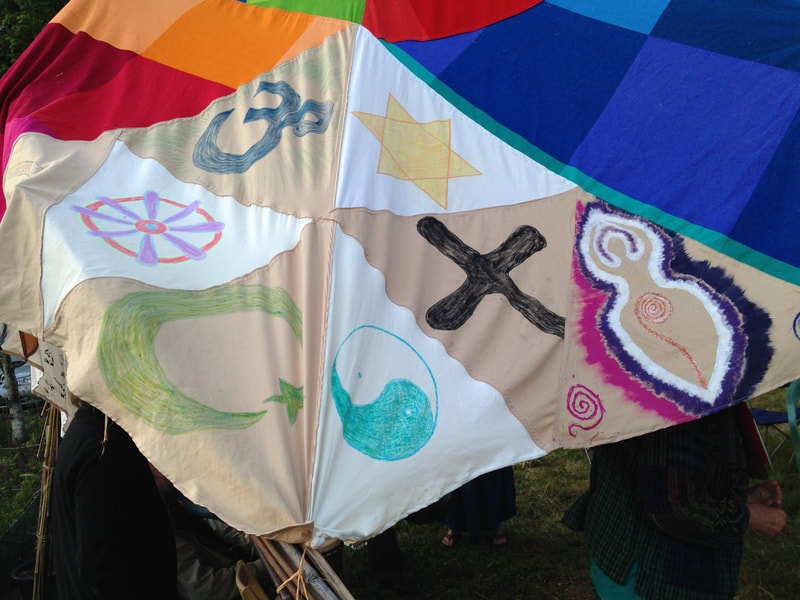
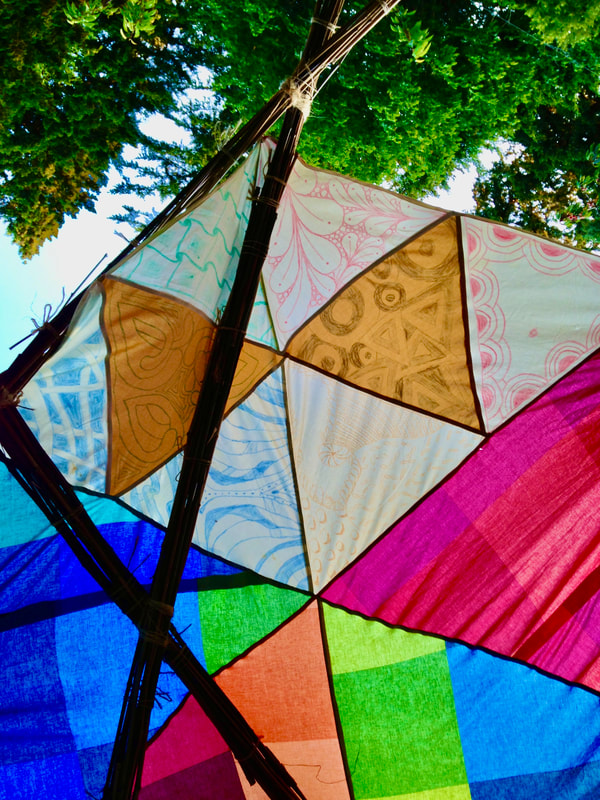
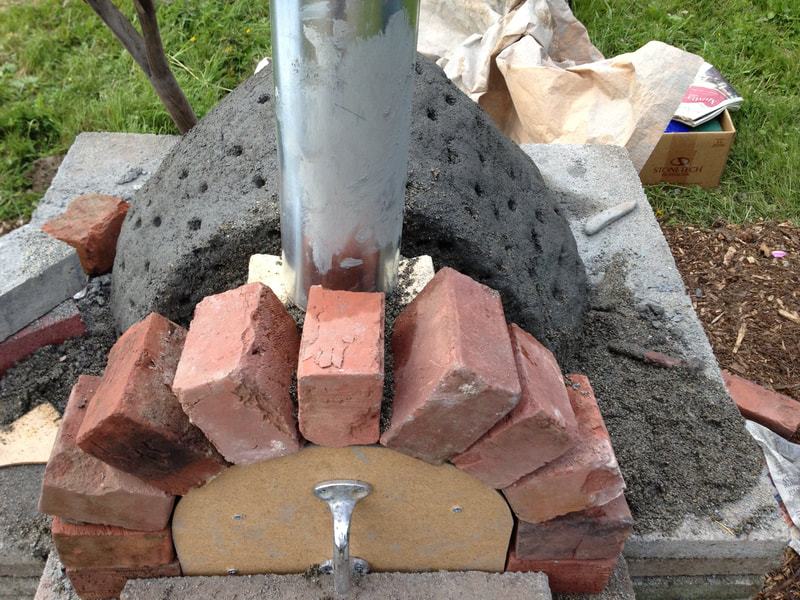
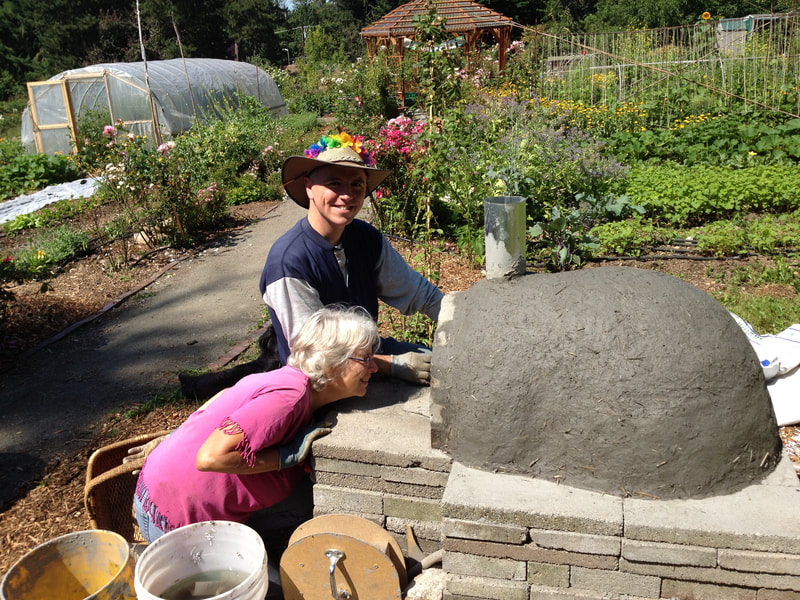
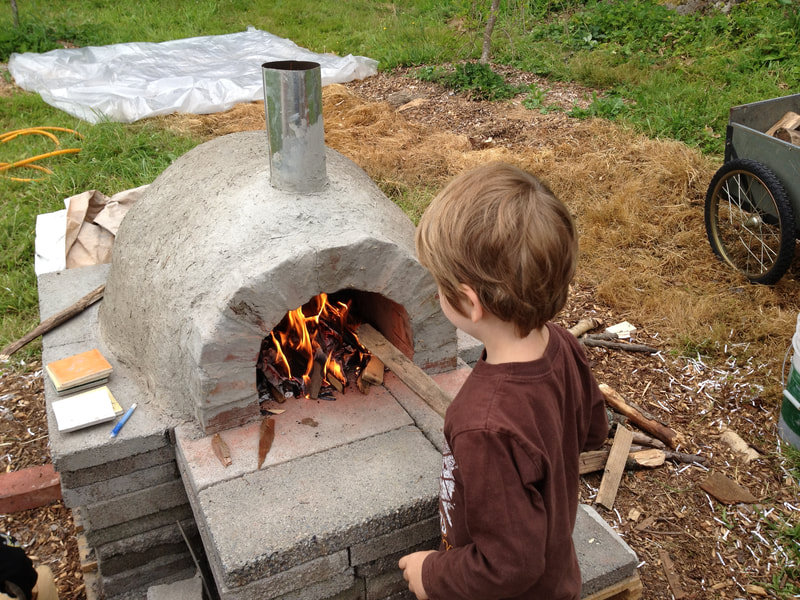
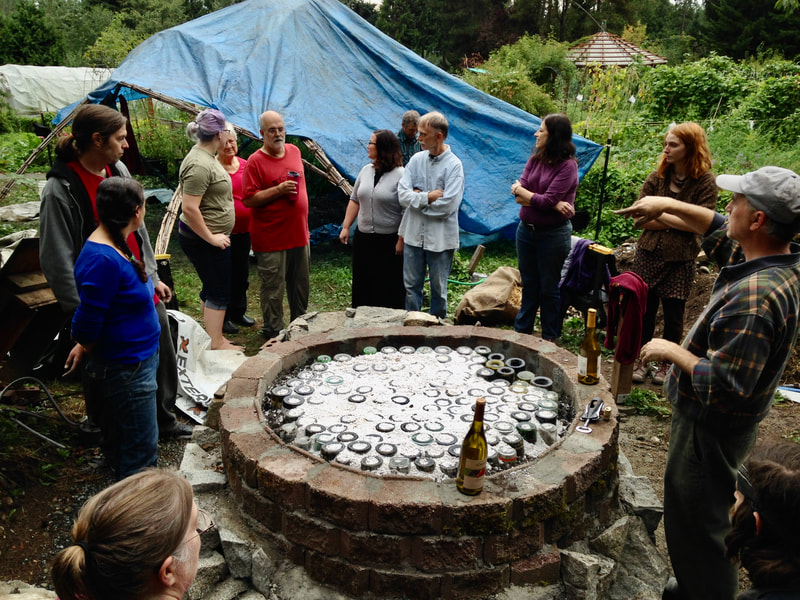
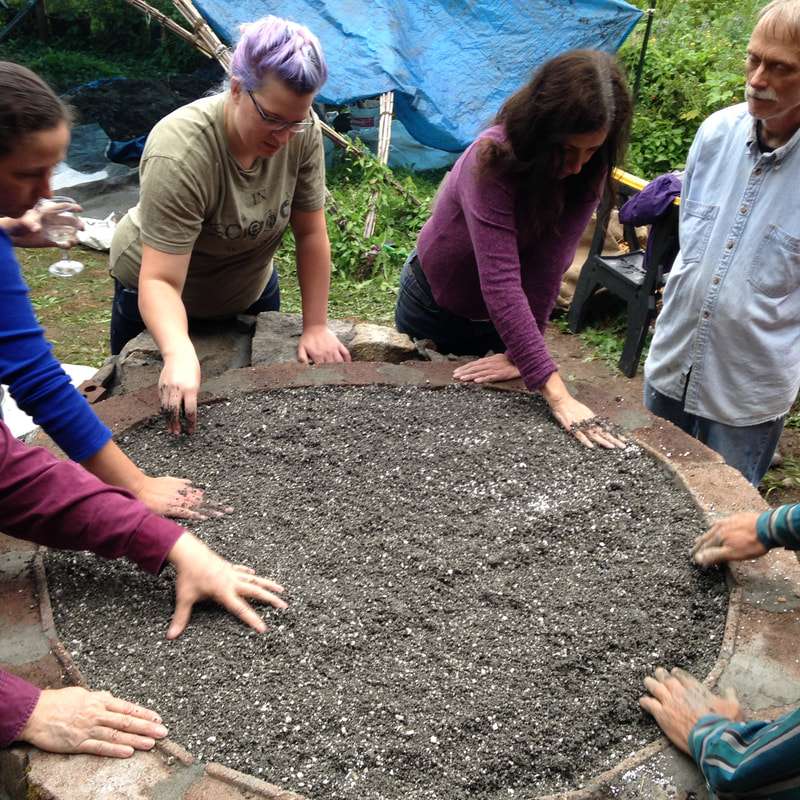
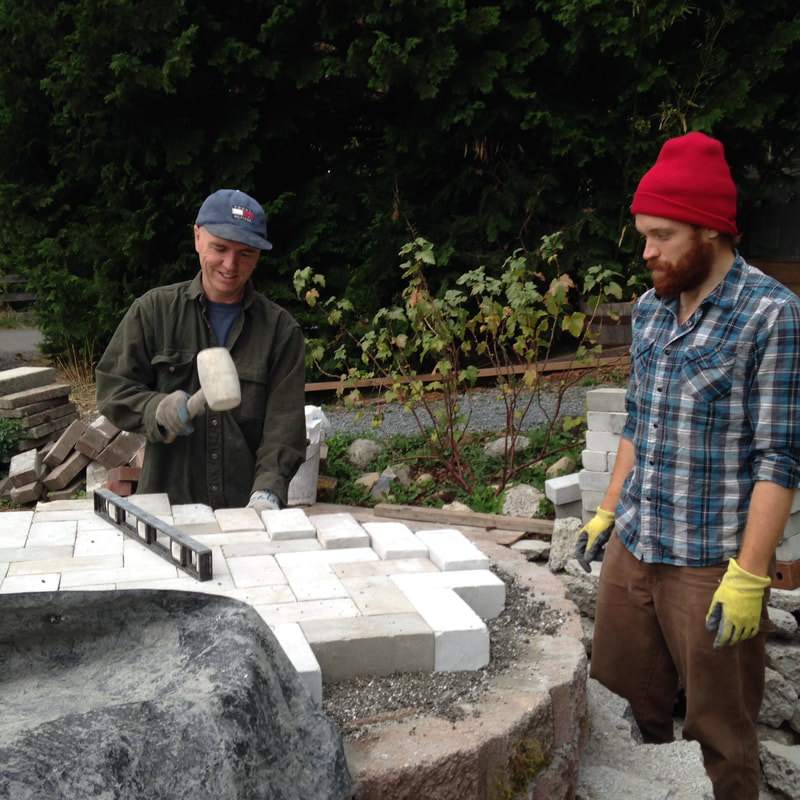
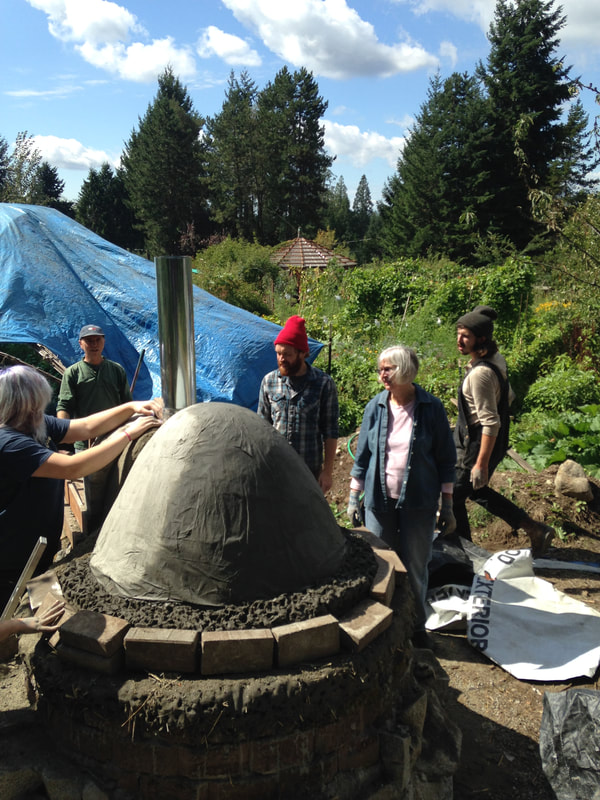
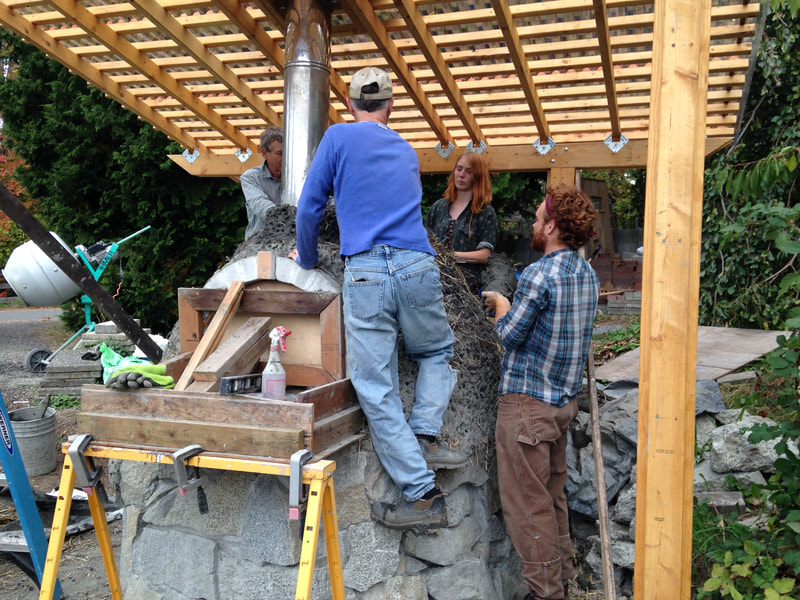
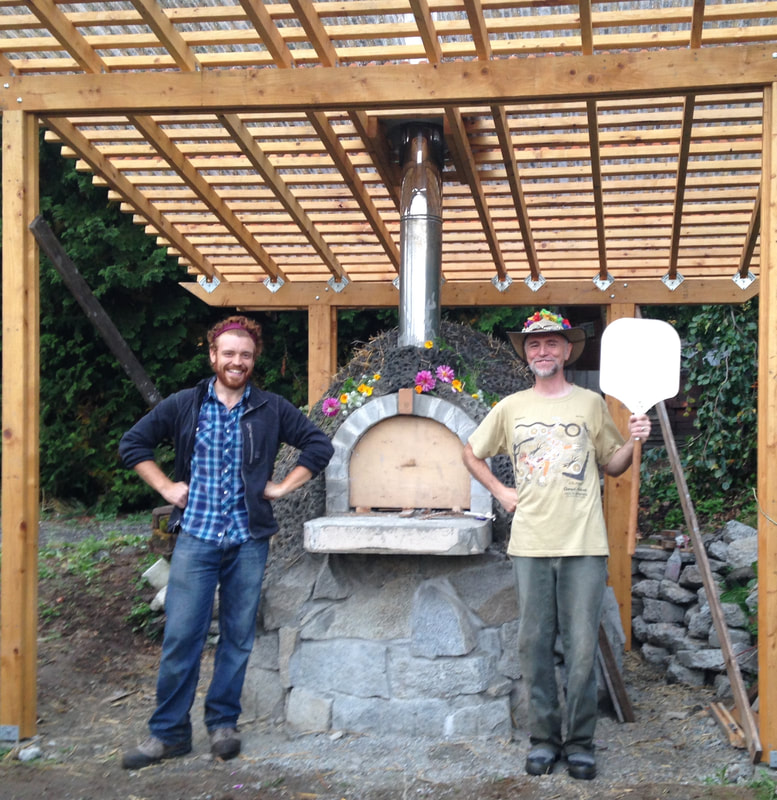
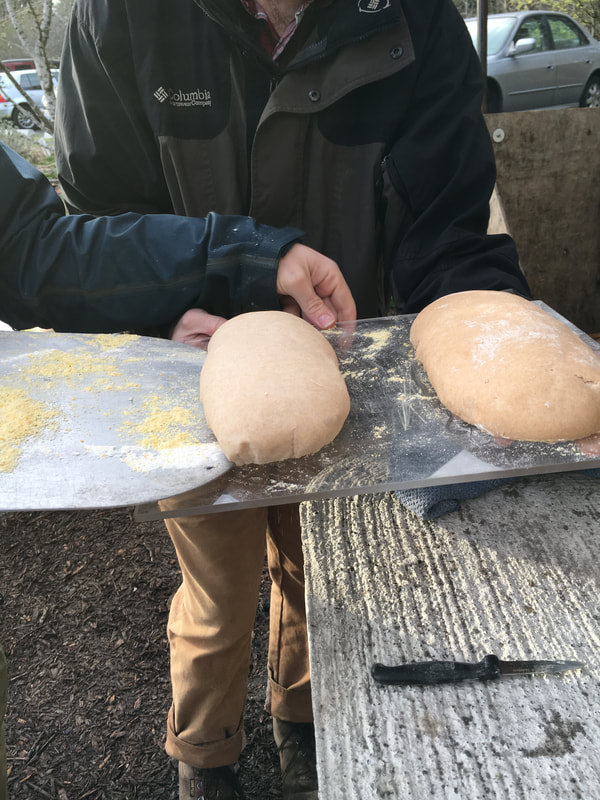
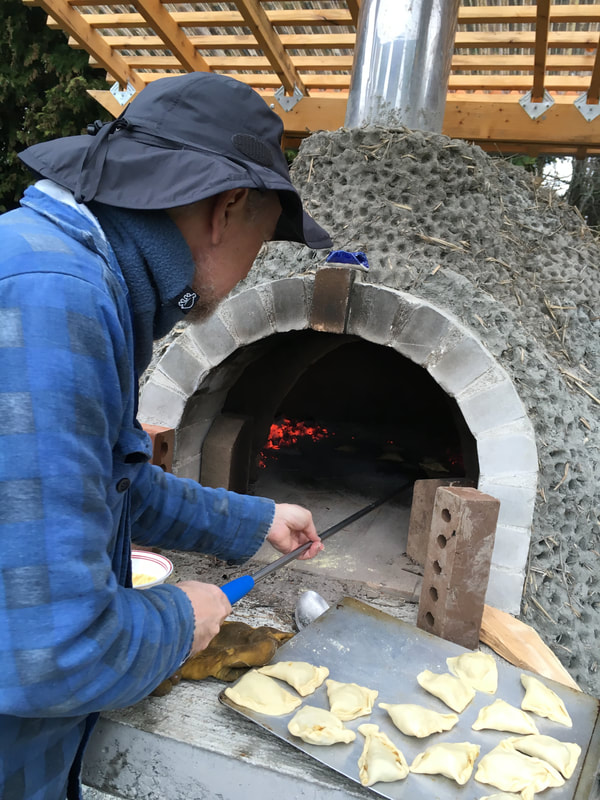
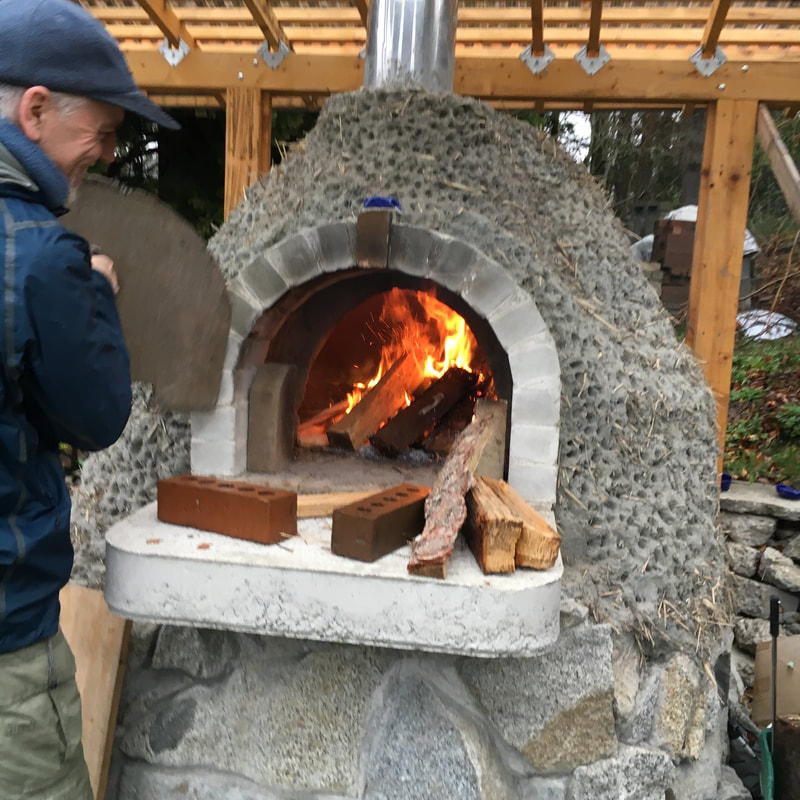
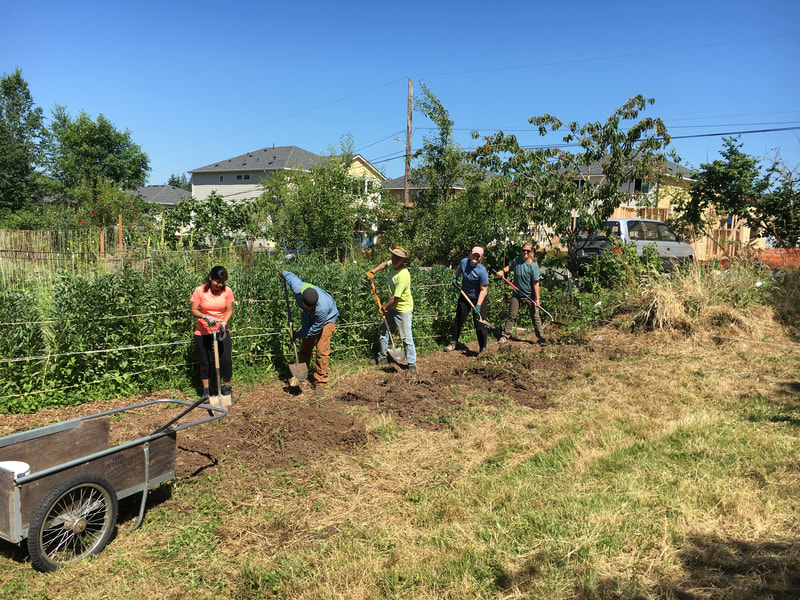
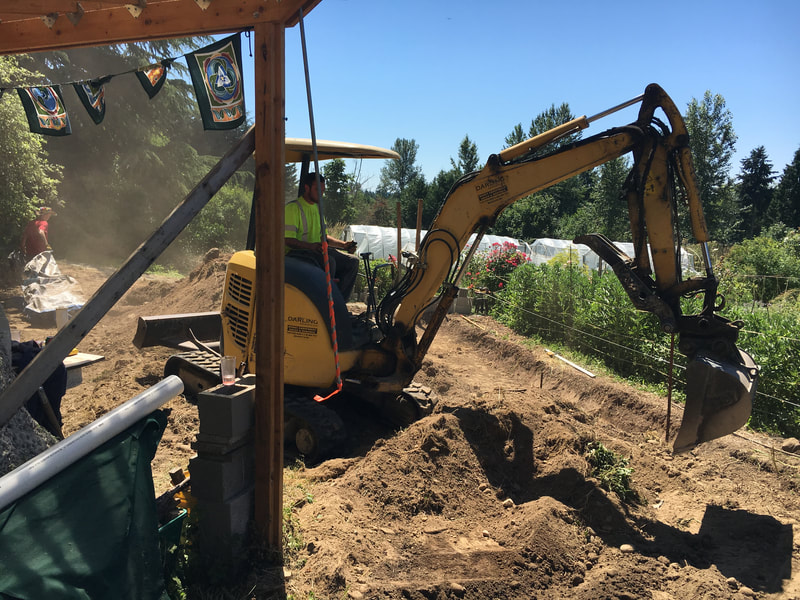
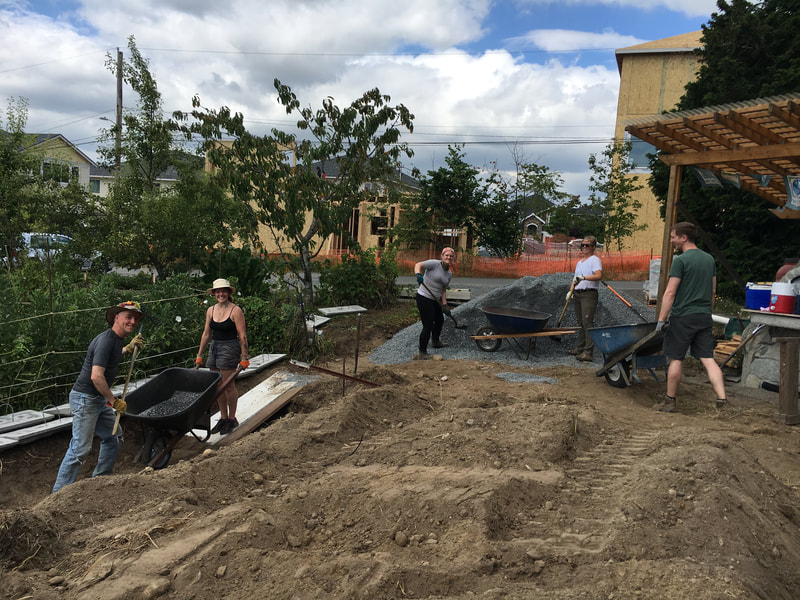
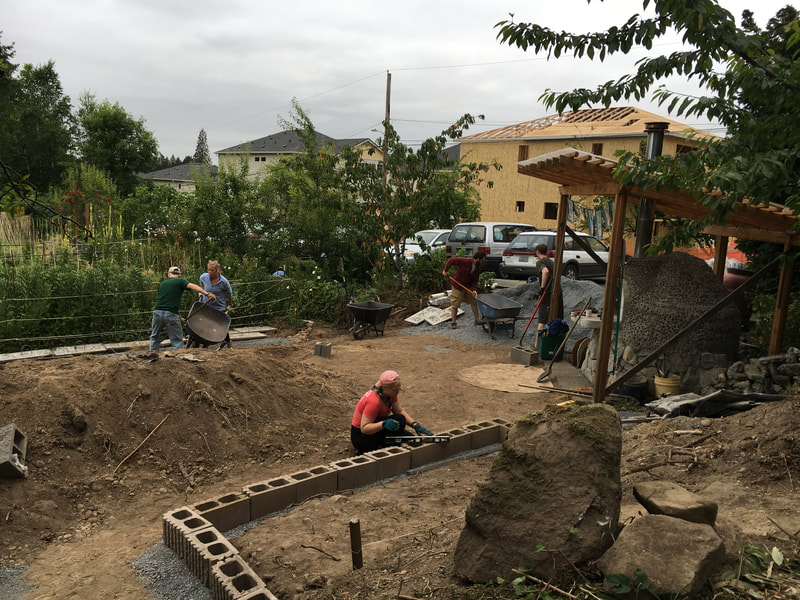
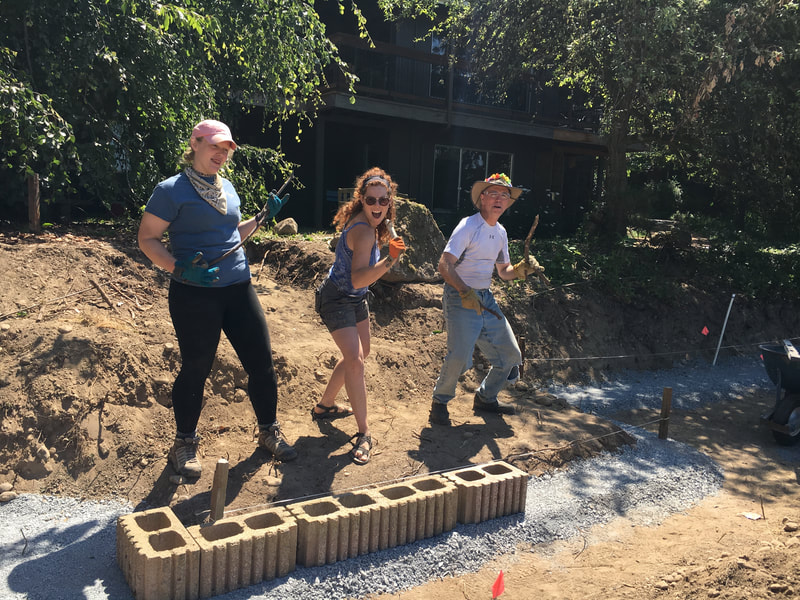
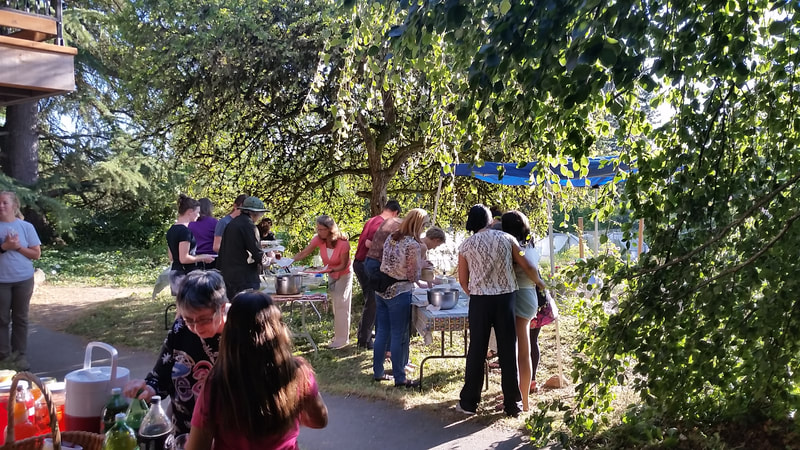
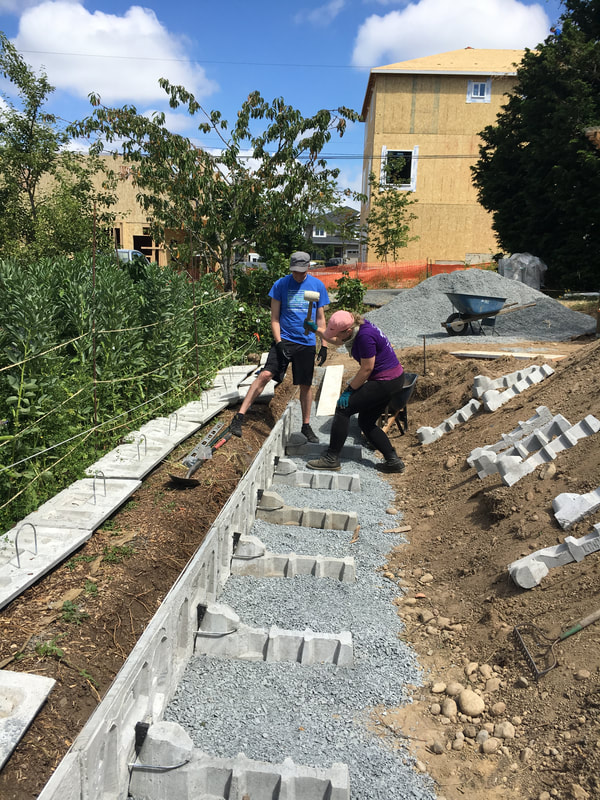
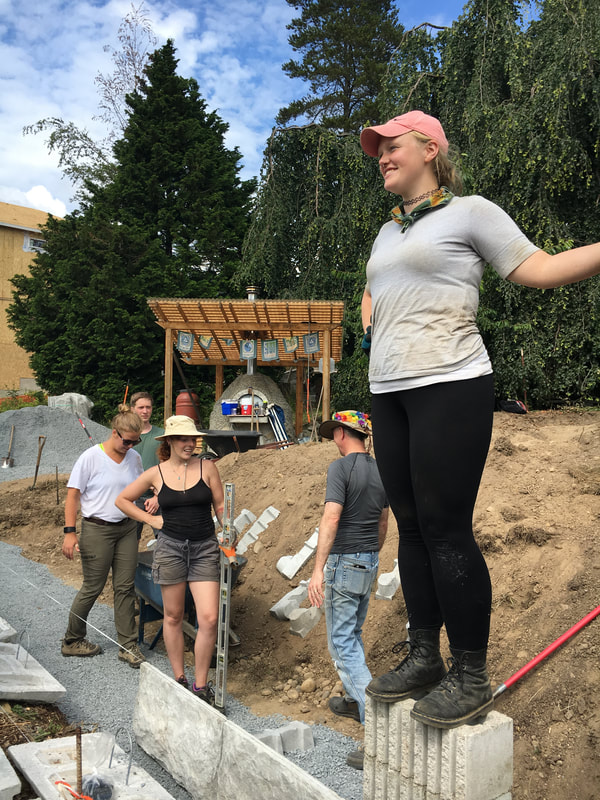
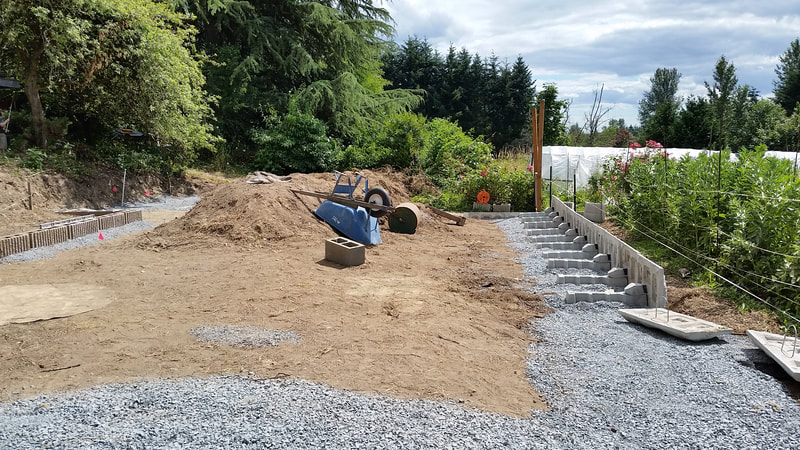
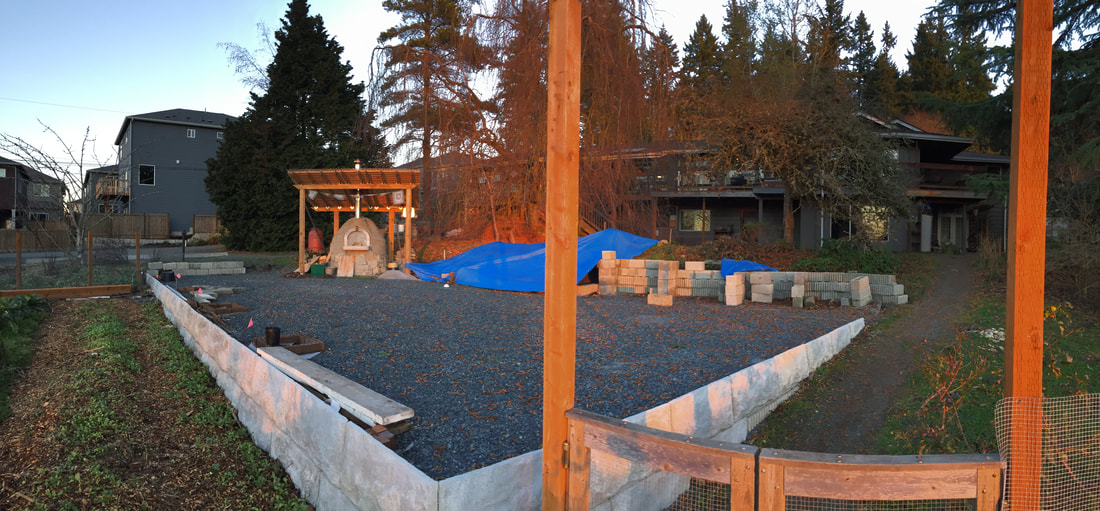
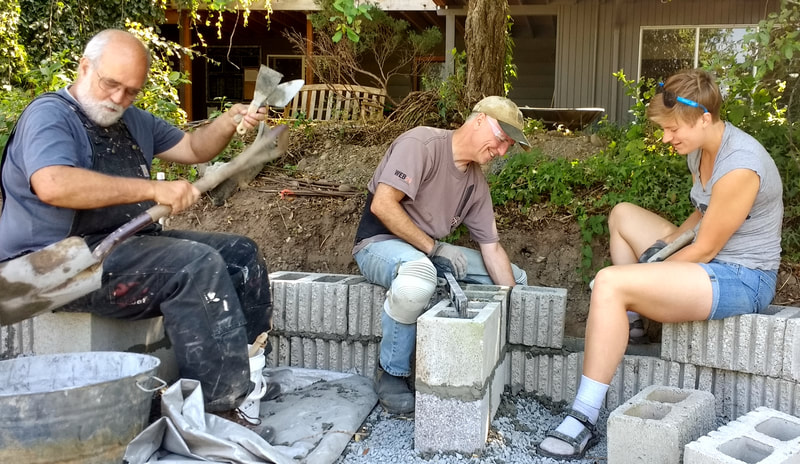
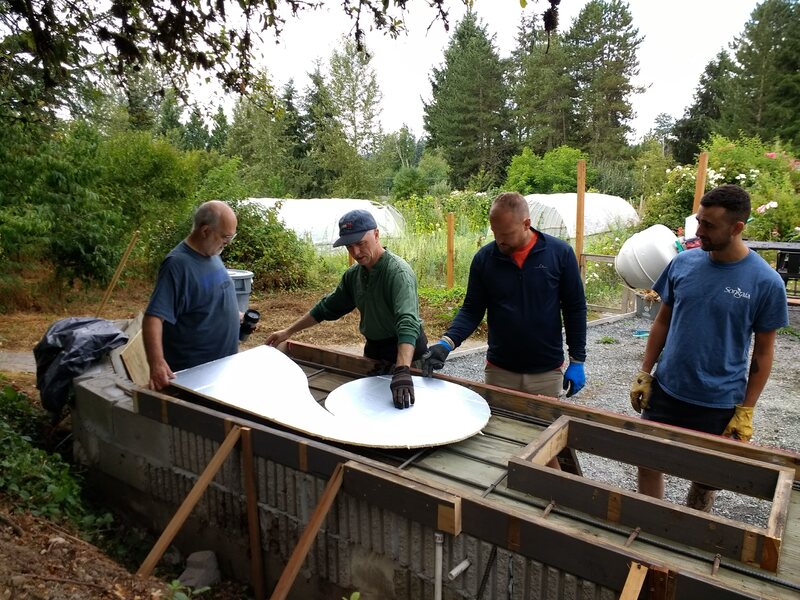
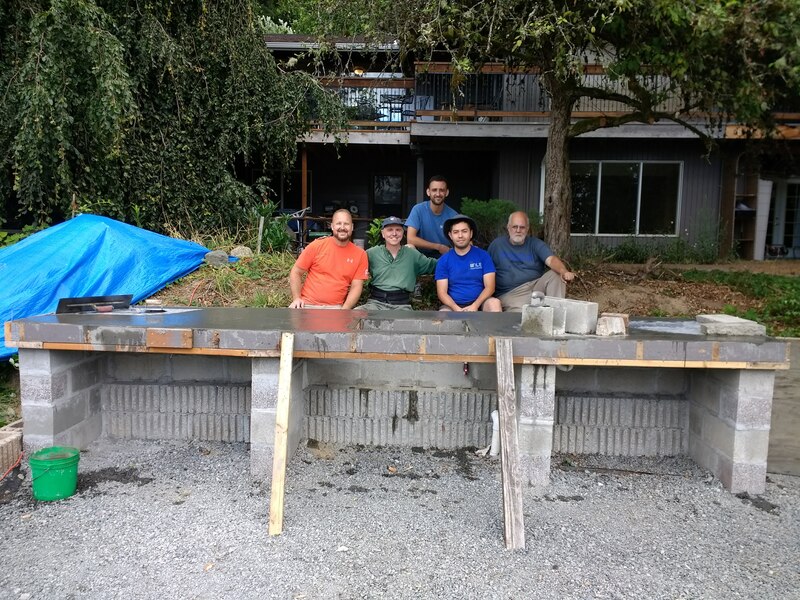
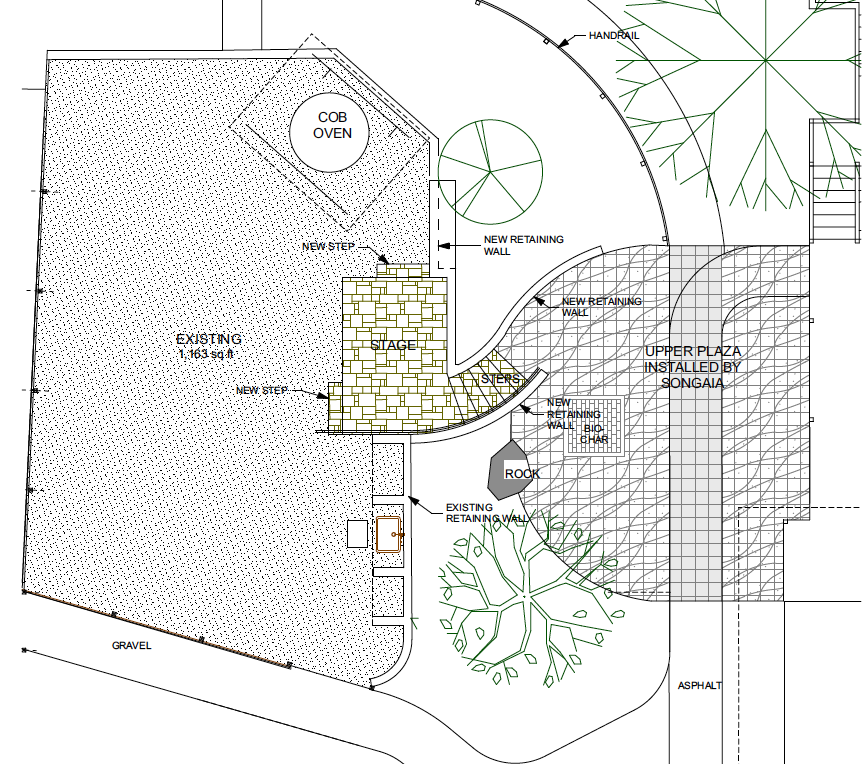

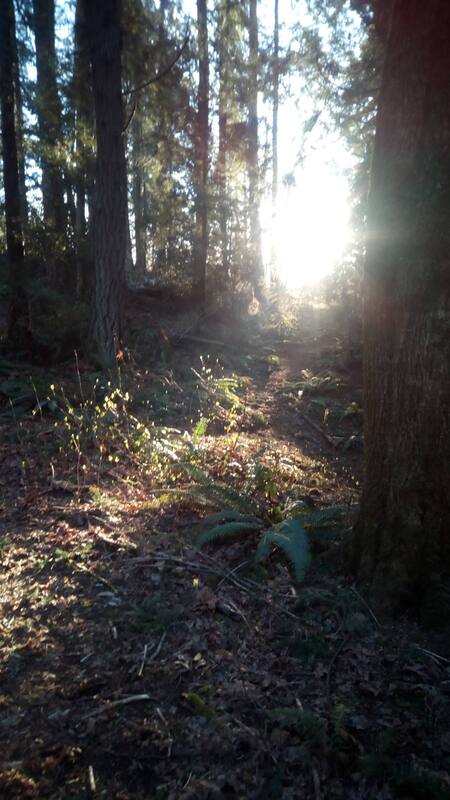
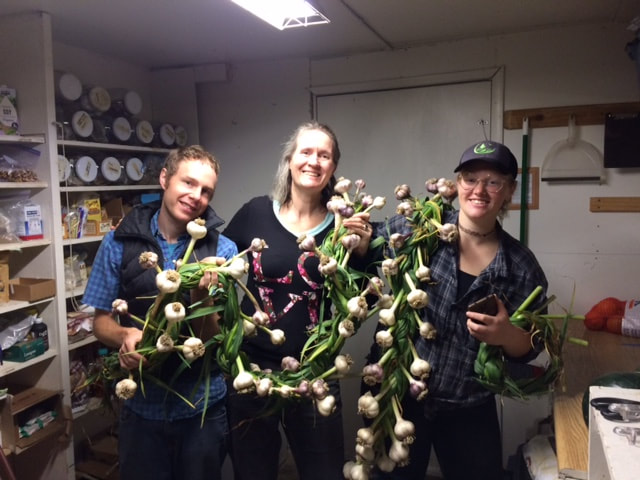
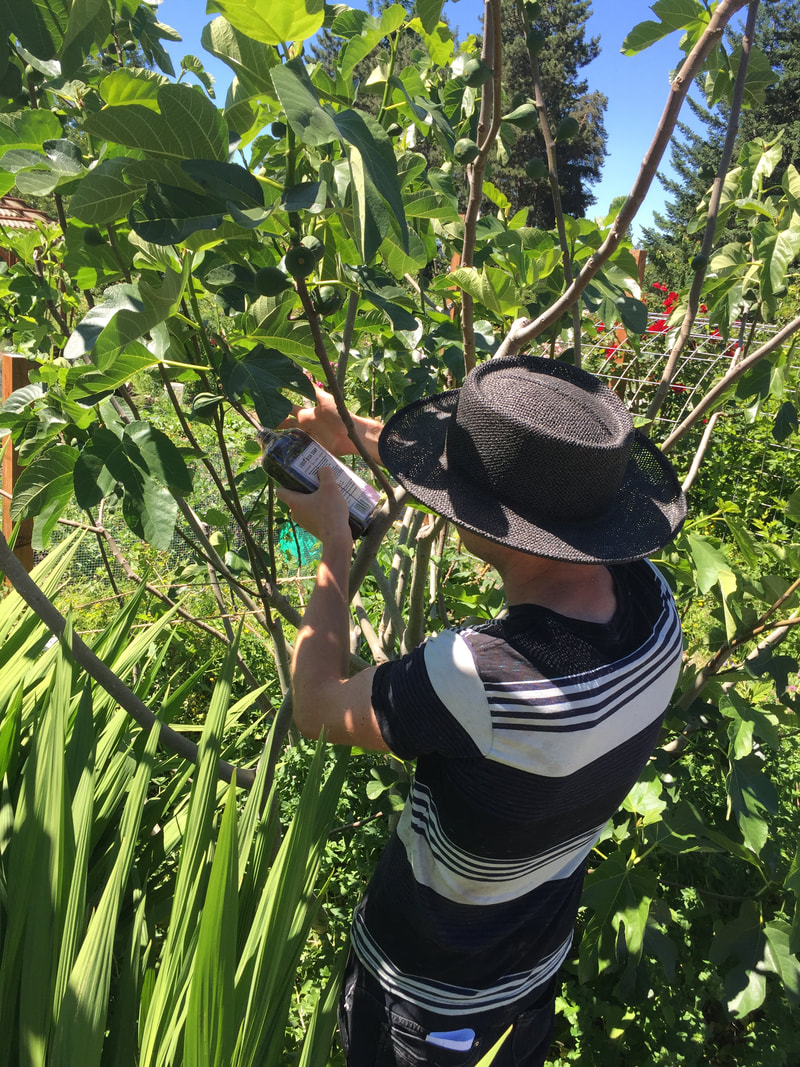
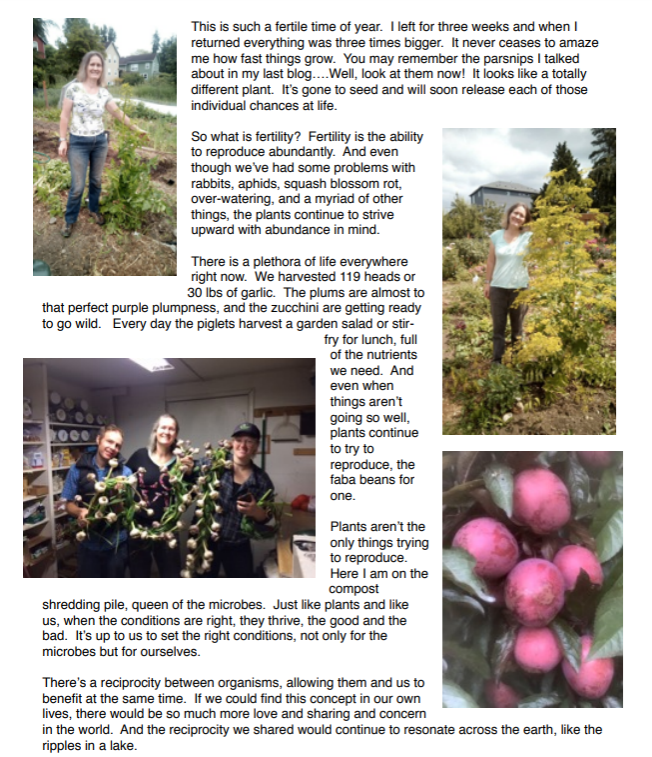
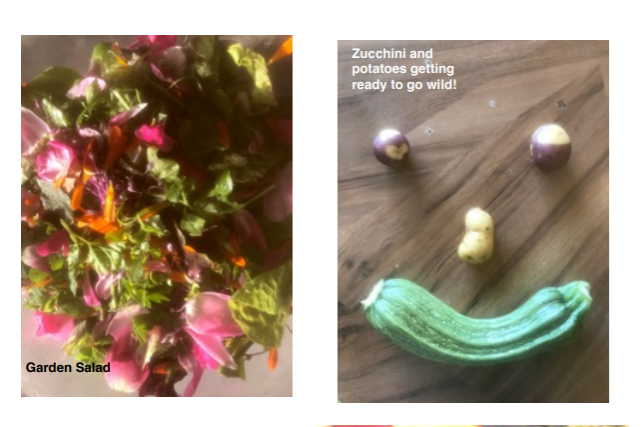
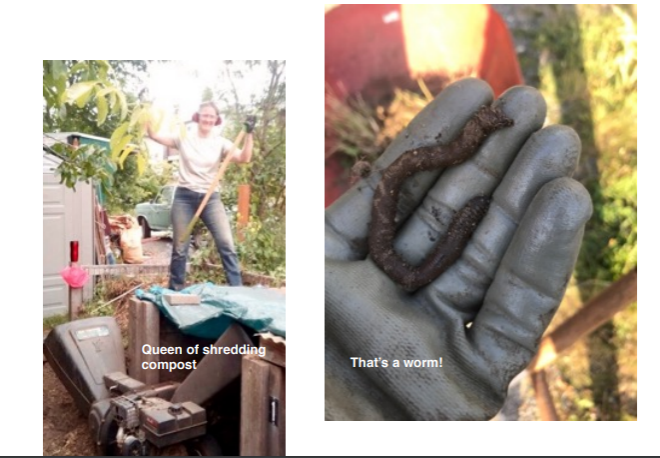
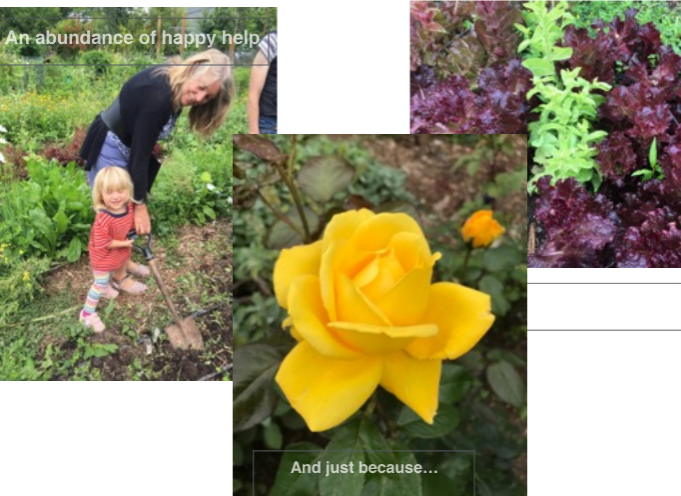
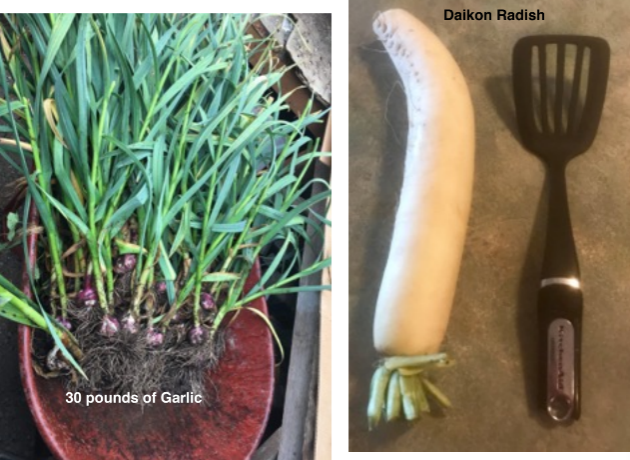
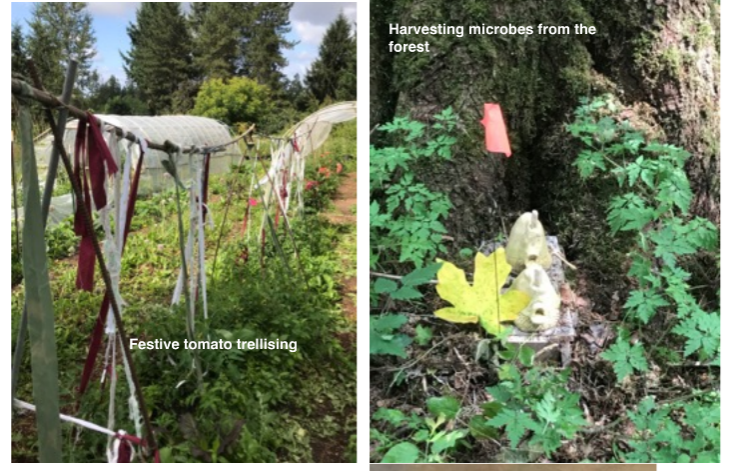
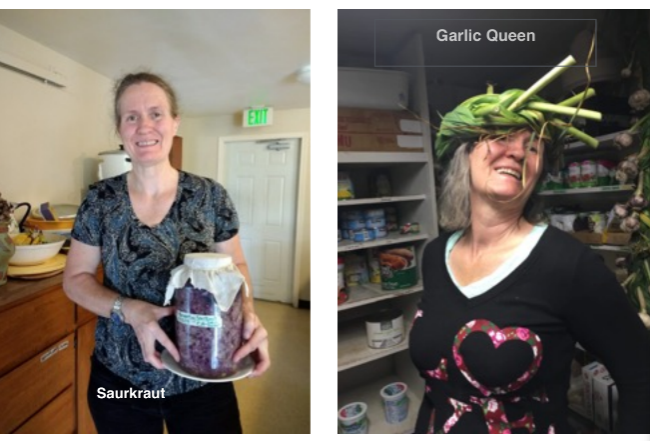
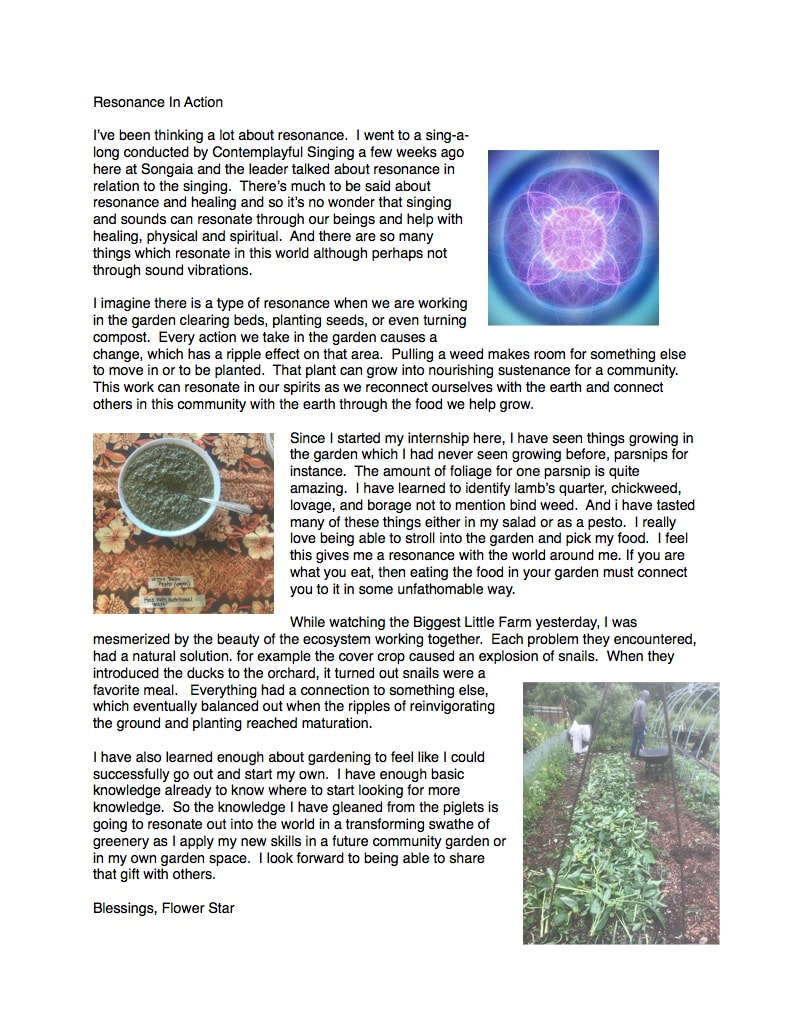
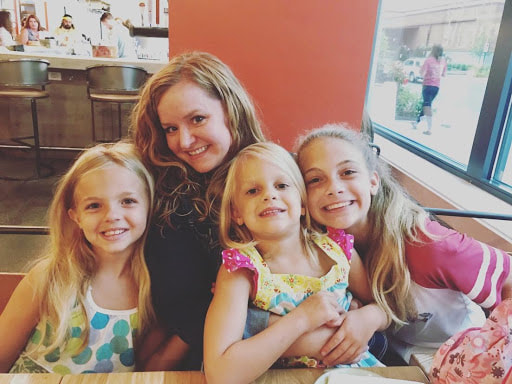
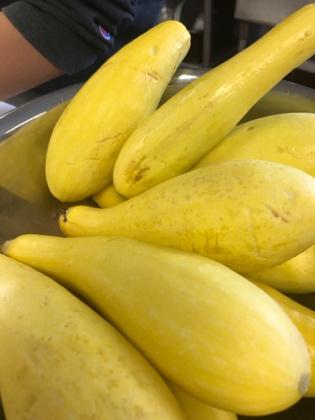
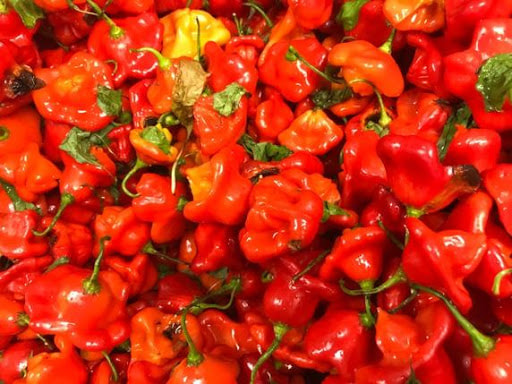

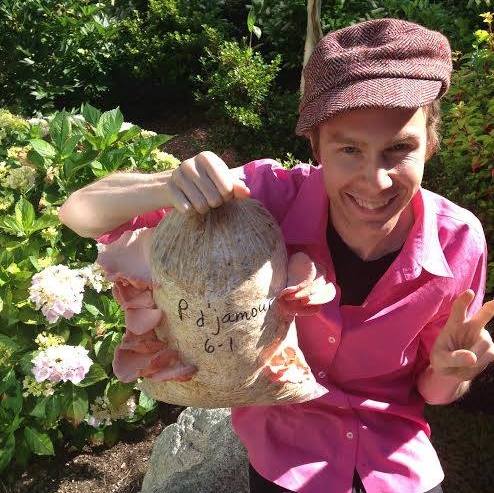
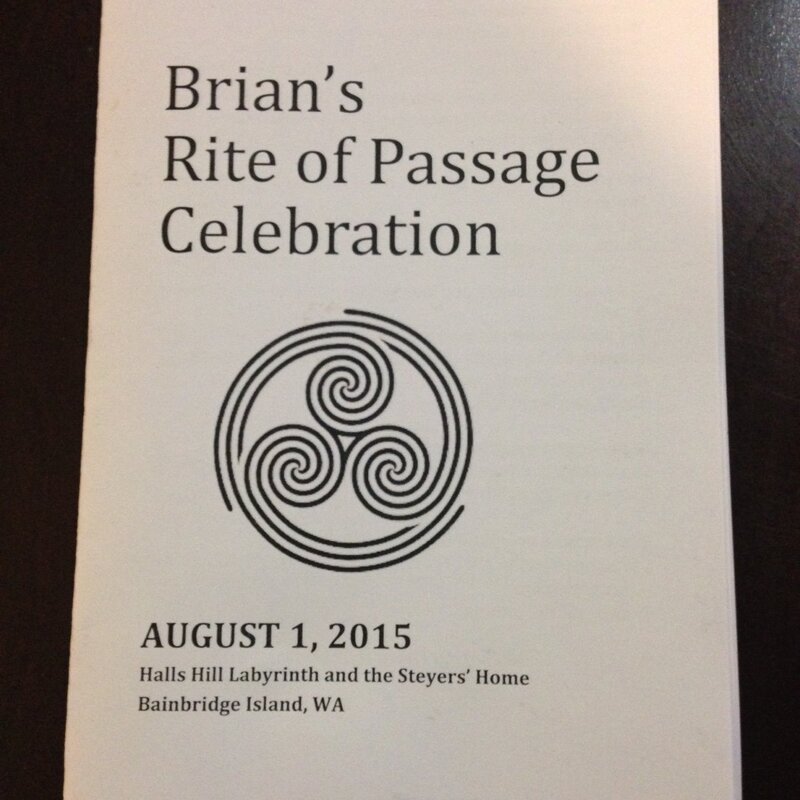
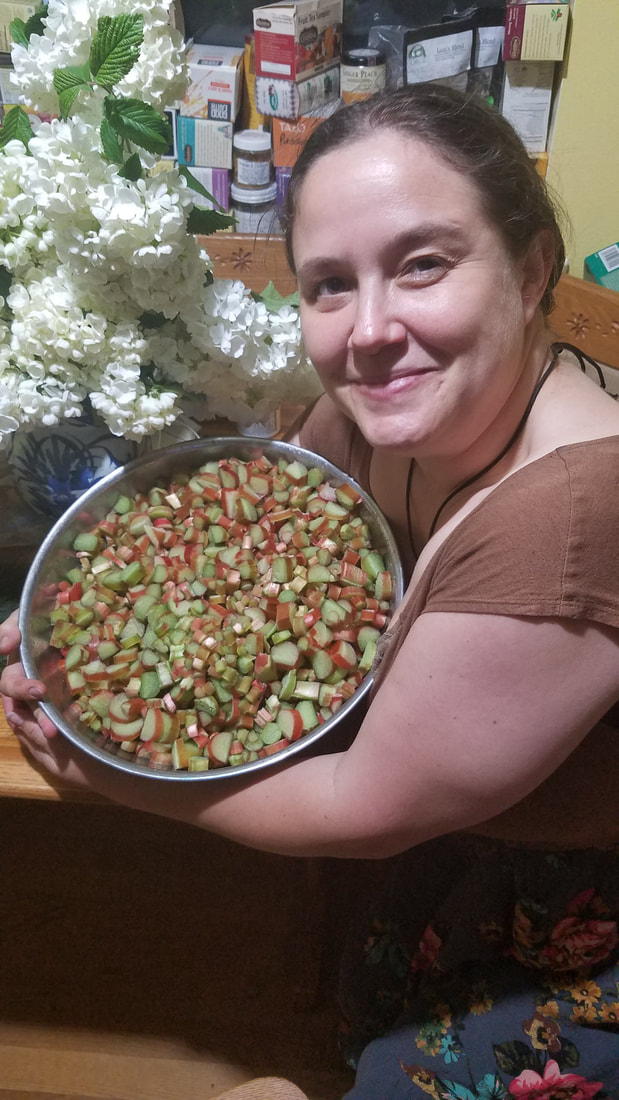
 RSS Feed
RSS Feed